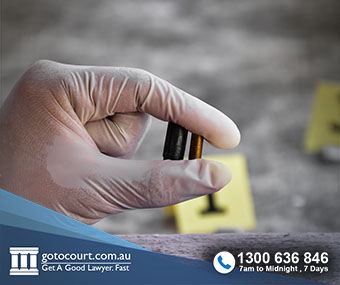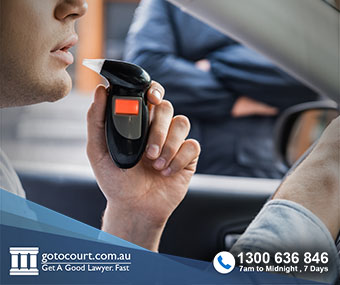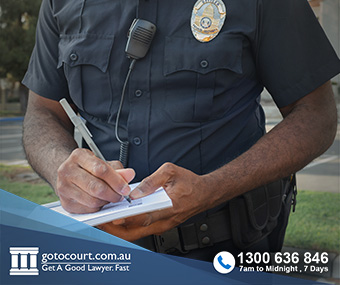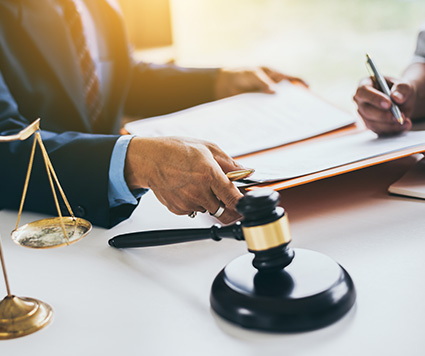Voir Dires
A voir dire is a pre-trial proceeding that is held to determine whether evidence will be admitted or excluded at trial. It is a ‘trial within a trial’ and is held prior to a jury trial (in a Supreme Court, Country Court or District Court matter) or prior to the contested hearing (in a Magistrates Court matter).
In the course of investigating criminal offences, police conduct interviews with suspects, search properties, obtain CCTV footage, take fingerprints and DNA, and have substances suspected of being illicit drugs, tested. In each state and territory, there are law that govern how police must conduct these procedures. When the defence suspects that police have failed to comply with these laws, it may request a voir dire. If the evidence is found to have been improperly obtained, this may result in it being inadmissible at trial.
In the Supreme Court, County Court or District Court voir dires are held before the judge, without the jury present. In the Magistrates Court and Local Court, a voir dire is held before the magistrate. If the evidence is found to be inadmissible, the magistrate must hear the matter without having regard to it. In other words, the magistrate must put the evidence out of their mind and proceed to decide the matter without having regard to it.
Recommended Resources
When is a voir dire conducted?
A voir dire is conducted when either the defence or the prosecution requests it. The defence generally requests a voir dire when it seeks to have an item of evidence, which is prima facie admissible, excluded from a trial. The prosecution may request a voir dire because it seeks to have evidence which is prima facie inadmissible, admitted.
There is no inherent ‘right’ to a voir dire. The court will allow a voir dire only if it is convinced that there is a significant issue to be determined.
Why is a proceeding conducted?
The defence may run a voir dire to achieve any of the following outcomes:
- To determine whether a piece of evidence should be admitted;
- To determine whether a particular witness is competent or compellable;
- To persuade the court to exercise its discretion to exclude an item of evidence because of how it was obtained;
- To determine whether an item of evidence can be used against a person;
- To exclude a piece of evidence that was improperly obtained.
What sort of evidence can be the subject of a voir dire?
Voir dires may be run in relation to many types of evidence. Some situations that commonly lead to a voir dire are outlined below.
Admissions
Where the accused has made admissions that appear to have been involuntary during an interview with police.
Admissions can also become the subject of a voir dire because the accused claims they were coerced or intimidated or that they were questioned when they were intoxicated or had not slept or eaten. If the police interviewed a suspect who was under 18 without an adult present, this evidence would also be likely to be challenged.
A voir dire on admissions generally involves cross-examination of police or other people involved in obtaining the admissions. The defence may also call evidence, most often from the accused.
Evidence obtained illegally
Evidence may be challenged in a voir dire if the defence suspects that it was obtained illegally. This may be because police conducted a search without a valid warrant or because they exceeded the scope of a warrant.
A voir dire in this situation is likely to involve the cross-examination of the police who conducted the search and the calling of evidence from anyone else who witnessed their actions.
Chain of custody has been broken
A voir dire will sometimes be required because the integrity of scientific evidence is in question. When police investigate drug offences, they must store and handle the substance in a particular way to ensure that the test results obtained are reliable and there is no opportunity for the sampleto be tampered with or otherwise compromised. Every person who handled the substance must be able to account for how the evidence was stored and passed to the next person. This is known as the ‘chain of custody’.
If there is reason to beleive that the chain of custody has been broken, a voir dire will be sought. A voir dire in this situation gives the defence the opportunity to cross-examine everyone who handled and tested the substance and to expose any failures to comply with procedures.
Why are voir dires important?
In many cases, excluding a piece of evidence can mean the difference between the accused being found guilty and acquitted.
Voir dires are important from a public poly point of view because they are a way for citizens and courts to hold police and prosecutions accountable. If police fail to follow the rules and uphold a suspect’s rights, a voir dire can ensure that this behaviour is detected and that police do not get away with flouting the rules to secure a conviction. Just as a criminal trial holds an individual accountable, a voir dire holds the police accountable.
It is important to identify any evidential issues in your criminal law matter as early as possible. If you need legal advice about a criminal matter, please contact Go To Court Lawyers.
















